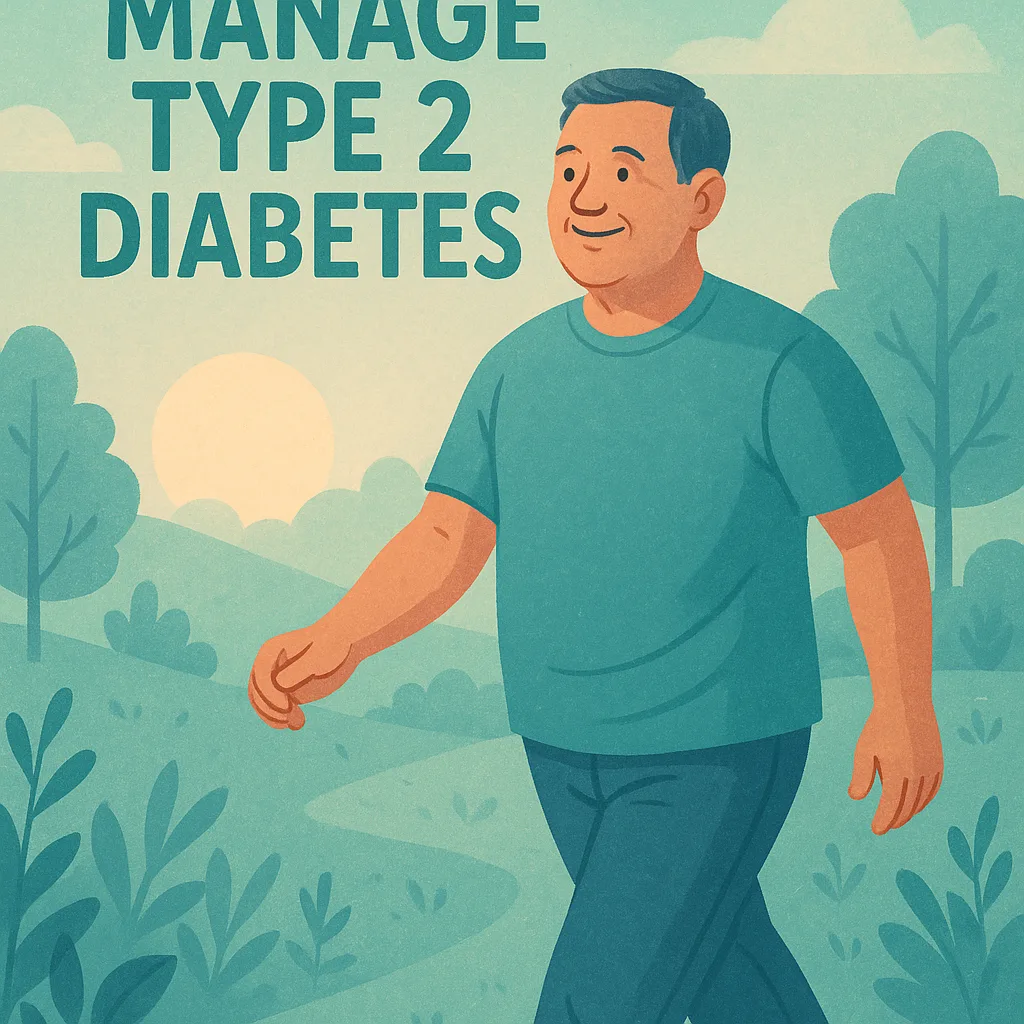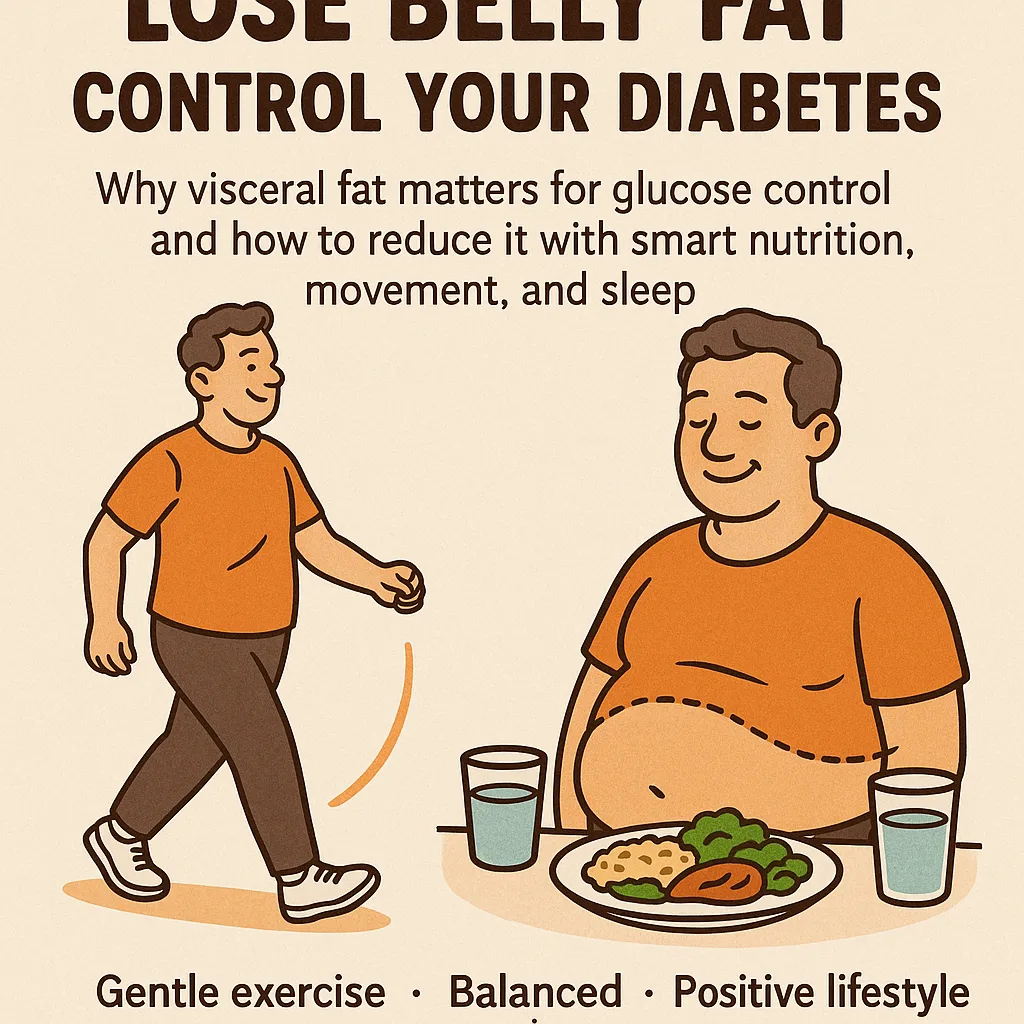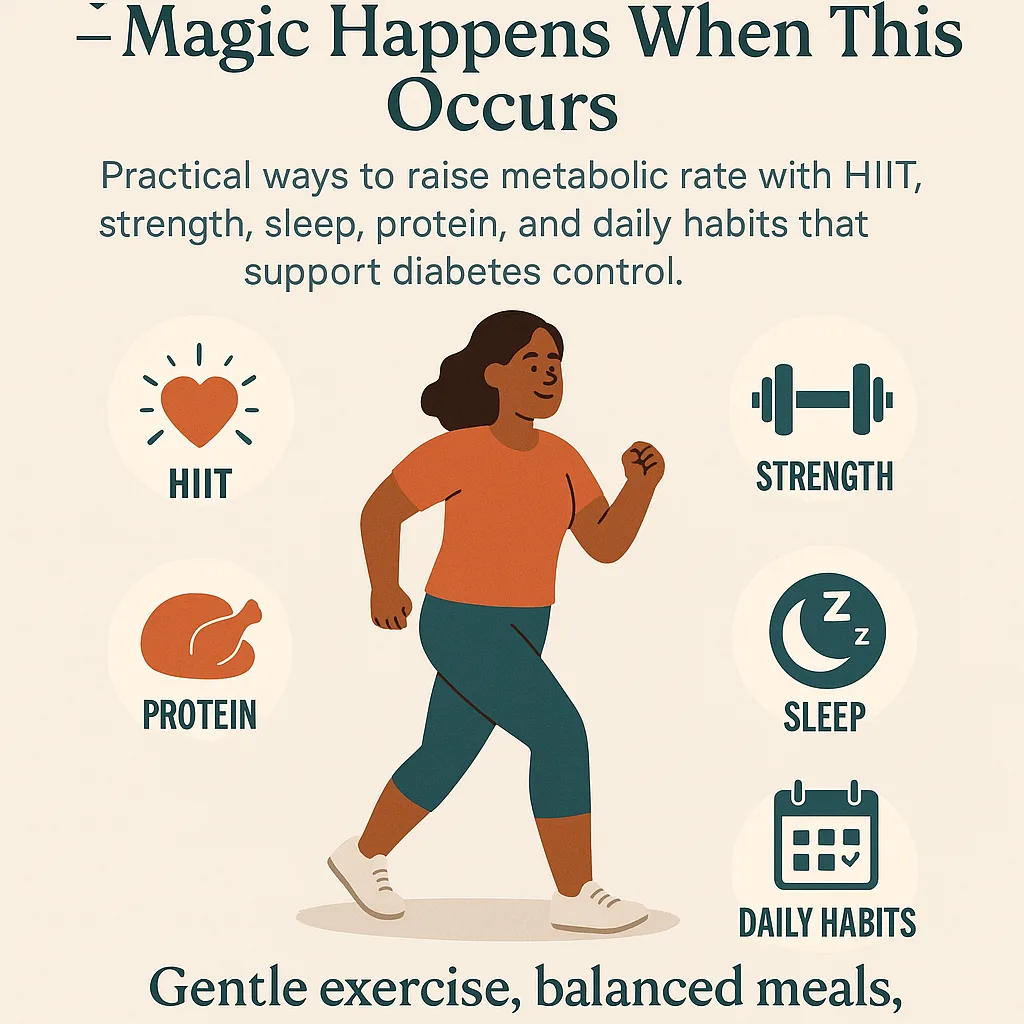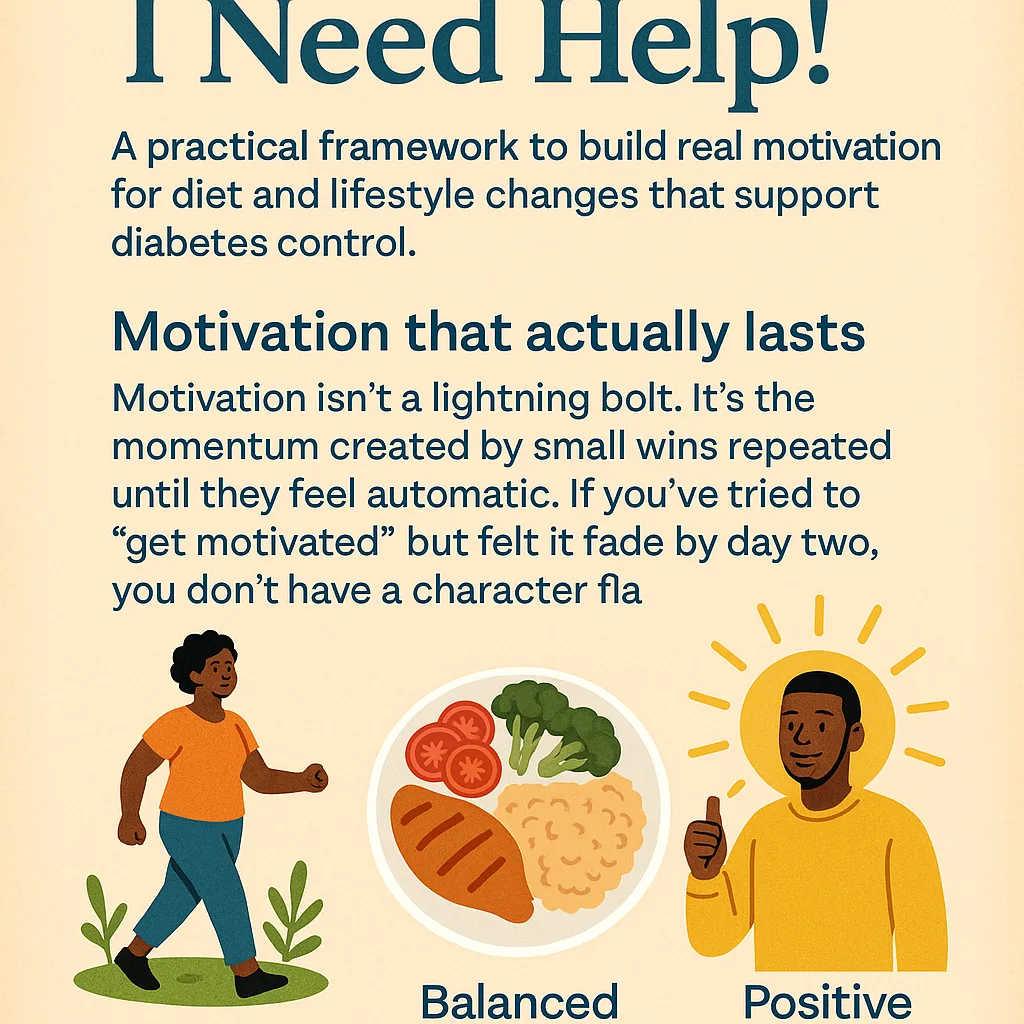Why this story matters
When a well‑known actor shares a Type 2 diabetes diagnosis, it spotlights how common and manageable this condition is. Celebrities are not immune to years of subtle blood sugar drift from busy schedules, irregular meals, sleep loss, and weight cycling. The encouraging message: you don’t need to return to your high‑school weight to regain control. Focused, sustainable habits can normalize numbers and reduce risk.
Weight loss targets: realistic, not heroic
The idea that success requires losing 100 pounds keeps people stuck. Research shows that modest, sustained reductions—often 5–10% of body weight—can improve A1C, fasting glucose, triglycerides, and blood pressure. The body responds to consistency, not extremes.
A practical example
- A person at 240 lb losing 12–24 lb over several months can see marked changes in labs and symptoms.
- Combine protein‑forward meals, fewer total carbs per meal, and walking after eating.
- Sleep and stress management amplify results.
The pillars of management
Food that stabilizes
- Center meals on protein: eggs, poultry, fish, lean meats, tofu.
- Fill the plate with non‑starchy vegetables.
- Personalize carbs by meter or CGM; keep portions consistent.
- Use olive oil, avocado, and nuts for flavor and satiety.
Movement most days
- 10–15 minute walks after meals smooth post‑meal spikes.
- Two short strength sessions weekly preserve muscle and improve insulin sensitivity.
Sleep and stress
- Protect 7–9 hours. Poor sleep raises glucose and appetite.
- Short breathing practices or brief walks lower sympathetic drive.
Labs and a simple dashboard
Track A1C, fasting glucose, lipids, and waist circumference. Layer in post‑meal checks at 60–120 minutes for a few meals per day. This dashboard shows trends quickly and guides adjustments.
What not to do
- Don’t chase perfection. Aim for better, repeatable.
- Don’t starve, then binge. Plan meals you enjoy and can execute.
- Don’t rely on ultra‑processed “diet” foods; cook simple, real meals.
A sample week
- Breakfasts: eggs with greens; Greek yogurt with walnuts; cottage cheese bowl.
- Lunches: chicken salad; tuna‑avocado lettuce wraps; burger bowl without the bun.
- Dinners: salmon with roasted vegetables; beef stir‑fry; lemon‑herb chicken thighs.
- Movement: post‑meal walks; two 20‑minute strength snacks.
- Sleep: wind‑down routine; consistent wake time.
The hopeful takeaway
High‑profile diagnoses can be a nudge to get tested, take symptoms seriously, and start with one change today. You don’t need to become a different person to change your numbers. You need a system that fits your life and that you repeat—one meal, one walk, one good night’s sleep at a time.





